



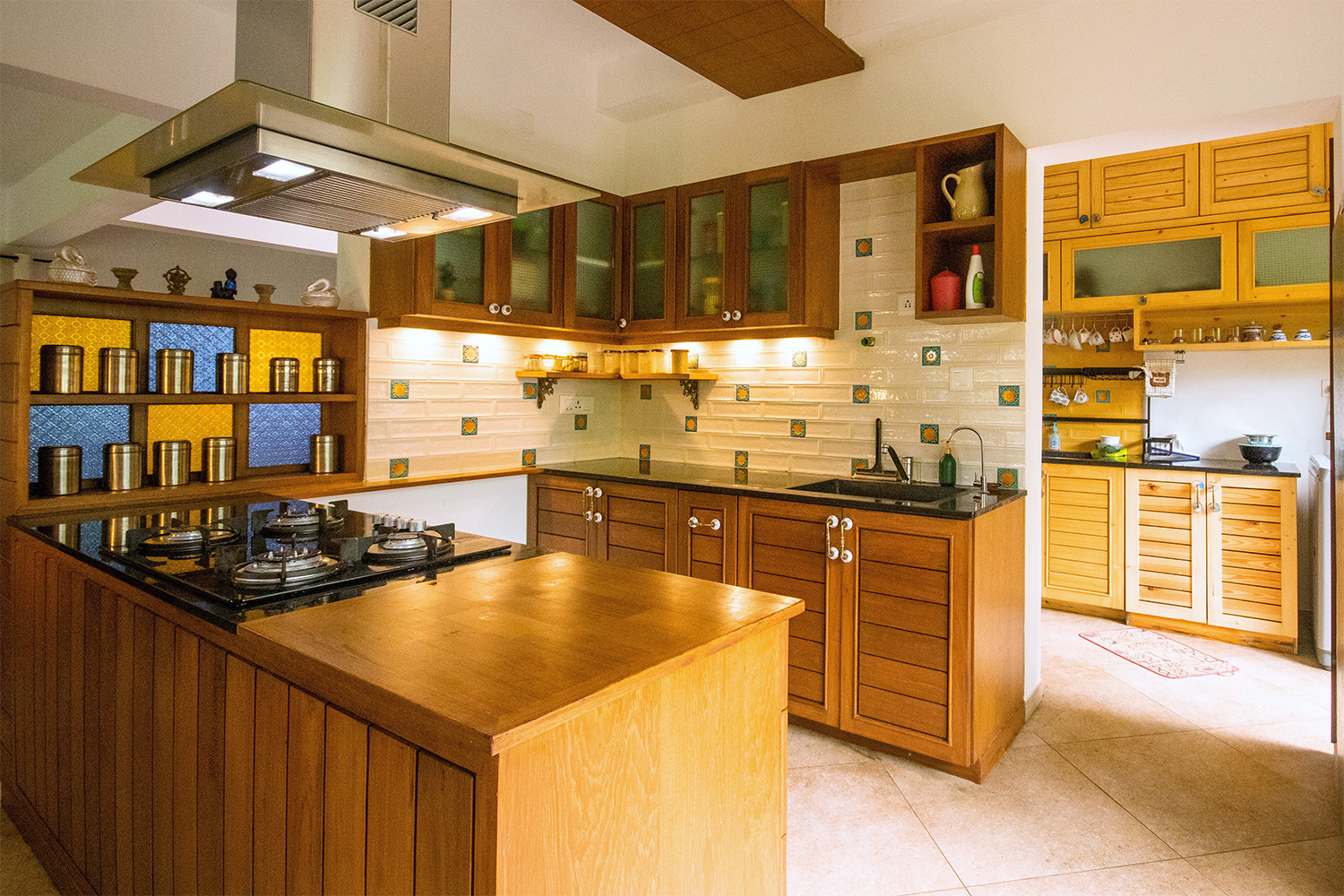
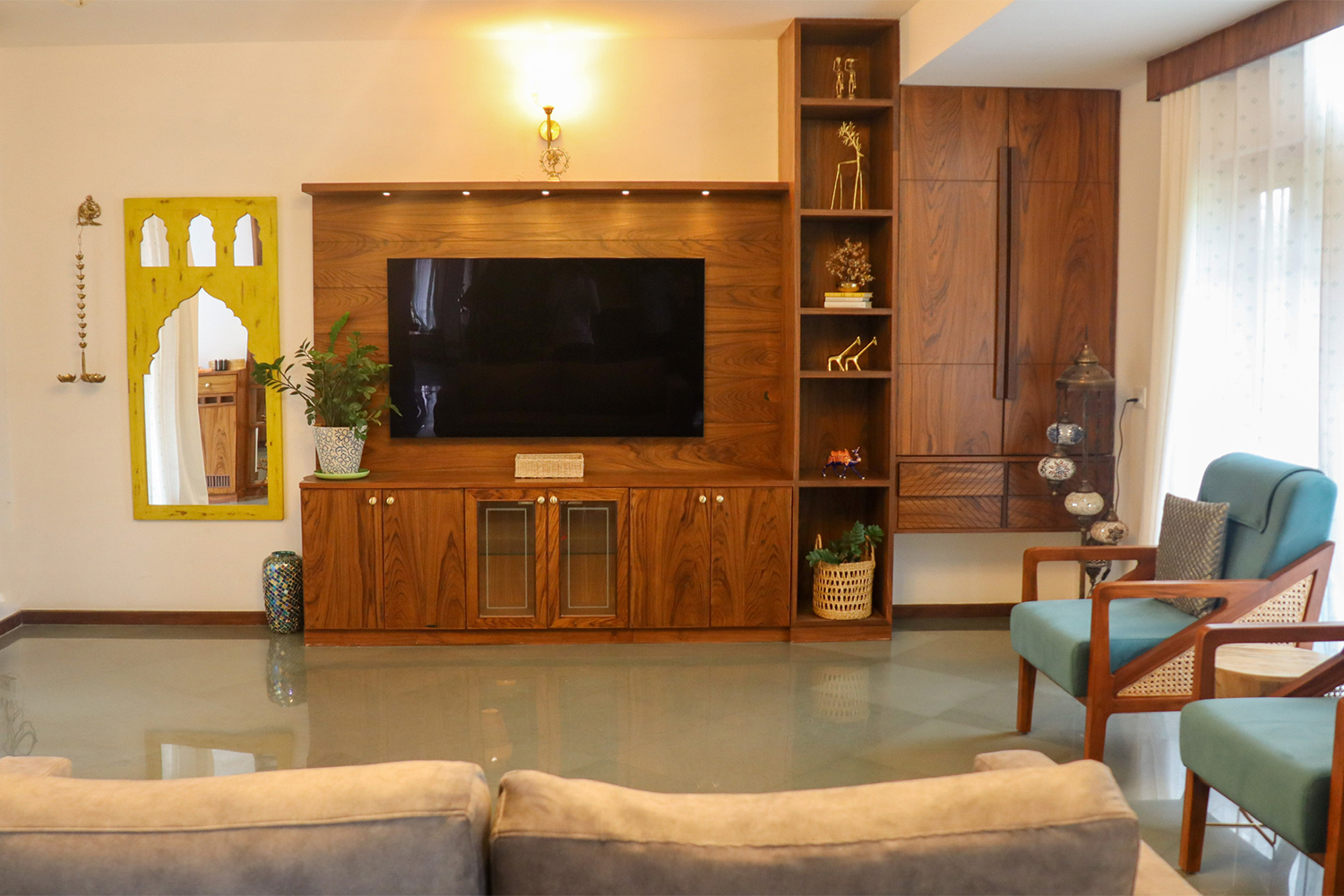






GoodEarth Interiors
“We create homes for you to build lasting memories”
GoodEarth Interiors
“We create homes for you to build lasting memories”

Subtlety of great interiors lies in the harmonious balance with which all its elements are bound aesthetically to serve a purpose. A good design integrates seemingly simple choices such as wall colours, furnishings and decor items seamlessly into a cohesive space that reflects the homeowner’s personality, and is efficient. Thus, the goal of working with an interior designer is to elevate the space with a custom-designed layout that resonates with your lifestyle and space.

Subtlety of great interiors lies in the harmonious balance with which all its elements are bound aesthetically to serve a purpose. A good design integrates seemingly simple choices such as wall colours, furnishings and decor items seamlessly into a cohesive space that reflects the homeowner’s personality, and is efficient. Thus, the goal of working with an interior designer is to elevate the space with a custom-designed layout that resonates with your lifestyle and space.
Through its extended design vertical of architecture and construction, GoodEarth Interiors maintains its earthiness and warmth from the exteriors to the interiors of its homes. However, each home has a distinct character and style reflective of its owners.
Here, in our interview with Swapna Madhukumar, Architect & Manager at GoodEarth Interiors, we delve deeper into her motivation behind crafting these renditions and explore the process of home interiors at GoodEarth.
Q – One often assumes that interior designing is all about placing decorative items. So, what’s interior designing Swapna?
S – Interior design is not a mere display of décor items using an array of materials. It’s the process of optimising the space by meeting the requirements of the client. We create a design that seamlessly integrates scale, proportions, and standards to make it functional along with enhancing it using a balanced material palette that elevates the space by making it aesthetically pleasing.
Q – How crucial is getting one’s home interiors designed in the initial stages vs allowing it to evolve in an organic way?
S – They say a home often is a reflection of its inhabitants. Interior design at an initial stage can help in crafting spaces that reflect one’s personality by understanding its users, their requirements, likes, and dislikes, and thoughtfully arriving at a point that meets their expectations amicably.
Q – When did GoodEarth integrate interiors into its services? How did that happen? What was the main idea behind the integration? Also, can you please elaborate on the distinctive quality of GoodEarth interiors?
S – GoodEarth homes are built to be a part of nature. The main idea, thus, was to design interiors that turn a house into a ‘home’ by integrating the same language, rhythm, and approach as the exteriors. The earthy materials and colour tones are grounded and rooted to blend with the surroundings. When homes are set amidst nature, one needs to be mindful about the use of materials, as conventional materials aren’t well suited for the environment. Natural solid materials that we use in our designs stand the test of time and enable one to live wholly.
Q – Can you tell us about the various teams involved to bring the design to life? What’s the process followed for designing each project?
S – Yes, it happens in a structured manner. In a nutshell, the design team handles everything related to design, the estimation team handles budgeting and costs, and an execution team ensures that designs handed over are well executed by skilled professionals in various sectors like carpentry, plumbing, electrical, etc.
We work hand-in-hand to ensure there is no communication lapse and coordinate with the client throughout, so that we are all in agreement with the process and scope of work.
As the designer, I meet the client to understand their requirements and debrief them about our ethos. Then, I come up with a design proposal that is further refined with their inputs. Within a couple of months, the materials are finalised for each element proposed and sent to the 3D visualisation team to work on proposed design renders. Once the design is approved by the client, the estimation team handles the quotation for the client’s perusal. Post this, final drawings are made which are then sent to the site for execution.
Q – What inspires and influences your design? How do you visualise when you begin a project?
S – My main influence when designing a home is the client’s vision and requirements. My role is to understand their wants and needs and materialize it for them in the best way possible. After I have clarity on the client’s vision, I visualise the space by walking through each space with key aspects in mind: the available space, requirements, functionality, materials, balance, and the overall appeal.
Q – Do tell us about your journey with the interiors? A predictable question, yet I would like to know which is your personal favourite among the projects executed so far. What do you like about this design aesthetic?
S -The journey has been a constant learning and that of growth. There is no end to this process and I strive to accomplish more and do better in this field every time. To be honest, every home we design is unique and remains my favourite until the next project is completed.
We use solid wood in our projects that’s versatile. The sophisticated finish, and the warmth it brings, together with the myriad options to mould into any design feature is what I like the most.
Q – There’s a distinct traditional character in the interiors undertaken by GoodEarth with its solid wood cabinets and furniture, brass elements, warm hues, etc. Do you use conventional materials or elements in the design when sought by the client?
S – Yes, we do use if it can be incorporated in a way that the originality of our style isn’t compromised.
Q – Custom elements are often a feature that makes your design stand out. What is the process of creating these elements? So far, what has been the toughest project or feature to execute?
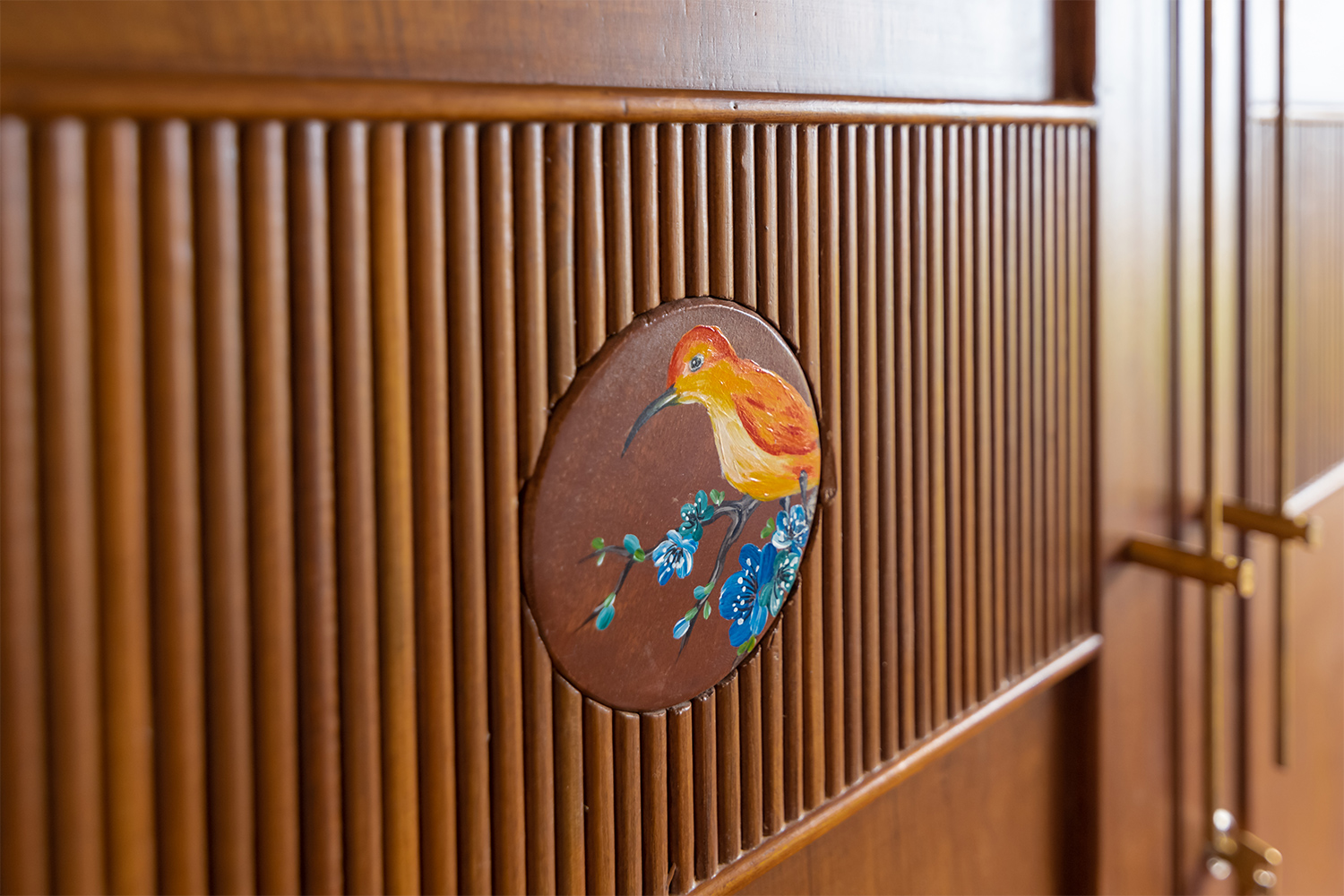
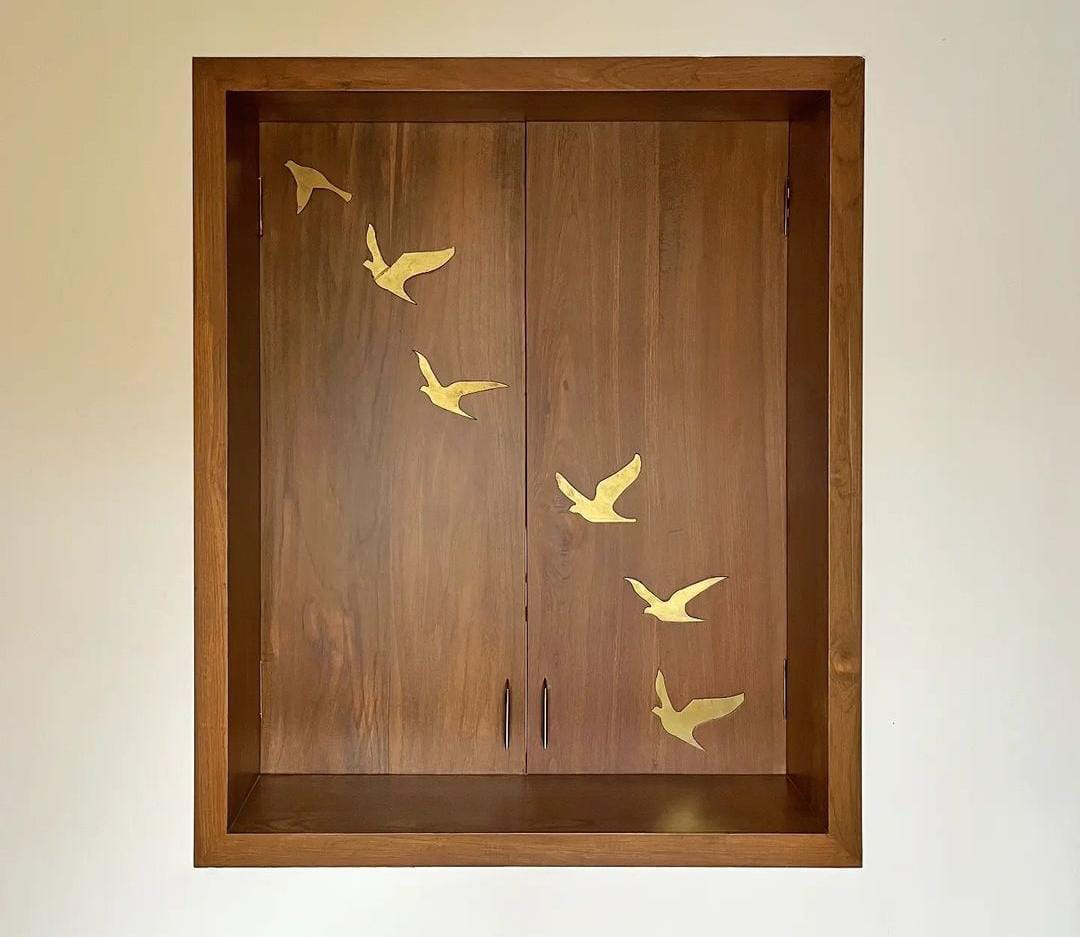


S – As a feature, we had to execute a three-leaf design enclosed in a circular custom pattern made with a combination of multiple materials (POP, plywood, laminate, and veneer along with a custom-moulded brass strip with lighting) on a ceiling. Considering the complexity of the design, it required multiple skilled technicians, such as a carpenter, fabricator, electrician, and mason to execute the design to its finest detail which was quite challenging.
Brass inlay in wood – The challenge here was to draw each bird to the right scale and right sequence and placement which then was precisely cut on a brass sheet. This was then transferred to wood by meticulously scraping out the exact outline with the right thickness on both sides of the shutters (but in different directions). The lacquer finish on them, in the end, gives it an antique finish. Thus, it can be quite challenging to materialise the vision at times, but since we work with limited materials, we have created designs that make it distinctive and add character to each home.
Q – What is your advice to a new designer or a student pursuing interiors?
S – Design keeps evolving and so should you. Don’t limit yourself to any specific thought pattern or design. Explore new materials in the market and stay focused until you achieve the end results that you envisioned. It’s important to be patient and to learn from your past mistakes.
Most important is to ensure that the quality of the design doesn’t suffer by staying true to your ethics and principles.
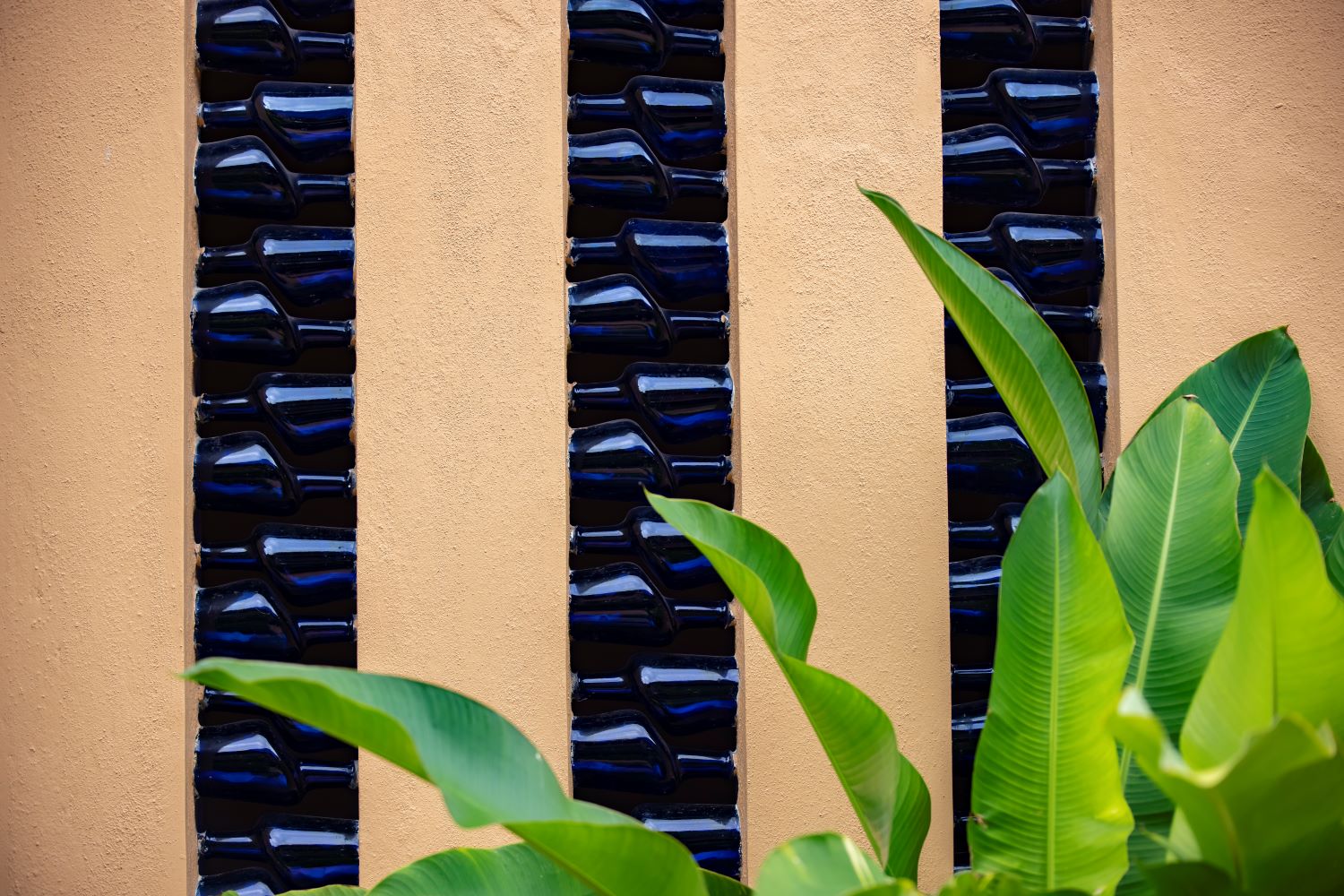
Leave A Comment